Description of the best varieties of early cabbage
It is impossible to determine the best varieties of early cabbage: they have different purposes. Some are suitable for preservation, others for freezing, and others for fresh consumption.
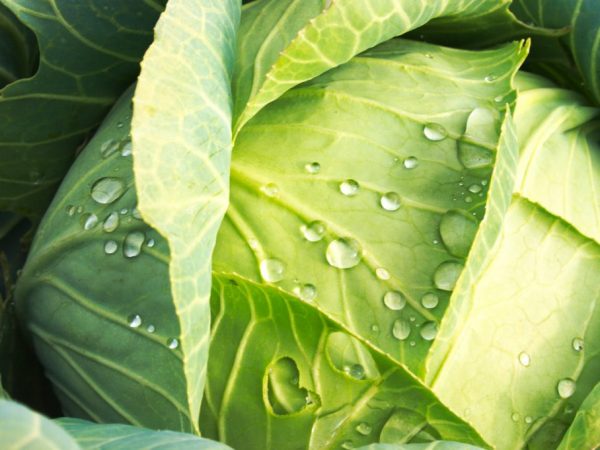
Description of the best varieties of early cabbage
Dietmarscher Fruer
Cabbage variety with the unusual name Dietmarscher Fruer is intended for fresh consumption and for preparing vegetable salads with the addition of lime juice. The heads of cabbage have excellent taste, which they do not lose even during heat treatment. In addition to fresh consumption, they are used to prepare various dishes. Dietmarscher Fruer is suitable for industrial cultivation. The heads of cabbage have a good presentation, and during ripening, no cracks appear on the leaves.
The weight of cabbages is 1.3 kg on average. From 1 sq. m harvest 4 kg. This yield indicator for early cabbage is considered high. The leaf plates fit tightly to each other and are light green in color. If you look at a vegetable crop in section, you can see that its middle is painted white.
The variety is not susceptible to bacteriosis. Also, the advantages of this variety include amicable fruiting and stable productivity.
Growing features
The Dietmarscher Fruer vegetable culture was bred by German breeders, it is perfectly adapted to the climatic conditions of Ukraine, Russia and Moldova. Heads of cabbage ripen in 105 days. In the middle lane of the country, seeds are planted for seedlings in March.
The variety is intended for outdoor cultivation. Under favorable conditions, the harvesting period falls on the end of July and August. In the northern regions, it is better to grow the crop under a film cover or in greenhouses.
Early beauty
A hybrid with the beautiful name Early Beauty is appreciated for keeping quality. The variety is intended for fresh consumption, preparation of vegetable salads and marinades. Taste qualities of the Early Beauty are mediocre, but cabbage leaves add a spicy taste to pickles. The variety is also used for the preparation of conservation.
Ripe heads of red-headed varieties of round shape weigh about 2 kg. The leaf blades fit tightly together, so a heavy head of cabbage looks compact. The diameter of the rosette of leaves does not exceed 0.4 m. The average yield is 4-4.5 kg per square meter. m.
Growing features
The variety needs fertile soils, so fertilizers are prepared for the site in the fall. It will not be superfluous to feed the plants during cultivation. For planting seedlings, choose a sunny place. In shaded areas, the vegetable crop grows poorly, and the resulting heads of cabbage are loose. The culture is also demanding on the type of soil. Acidic soils are not suitable for its cultivation.
Under a film cover, seeds can be sown directly into open ground. The dates for planting seeds are in late April and early May. If the vegetable crop is grown in seedlings, the grown plants are planted in June.
Advantages
The advantages of the variety include:
- resistance to almost all diseases that this vegetable crop is susceptible to.
- non-susceptibility to attack by harmful insects.
Hermes F1
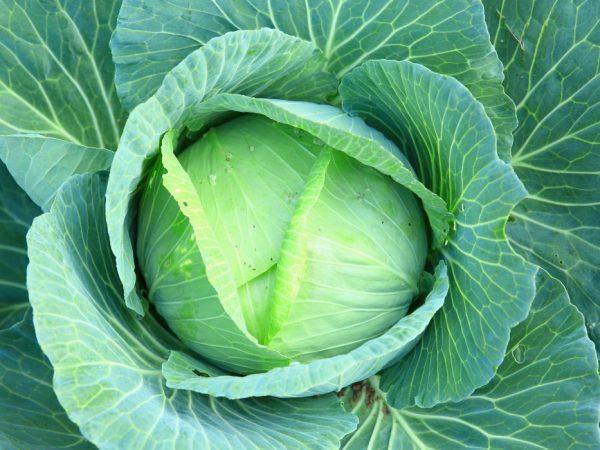
The variety is suitable for industrial cultivation
Hermes F1 belongs to the ultra-early cabbage. His homeland is Holland. Hermes F1 is intended for fresh consumption and is not suitable for long-term storage. Crispy cabbage has good taste, which is why the f1 hybrid is appreciated.
Round-shaped heads of cabbage weigh about 1.5 kg. Subject to all standards of agricultural technology and favorable weather conditions, the weight of heads of cabbage reaches 2 kg. The yield is 4-5 kg per 1 sq. m. Even with untimely harvesting, leaf plates do not crack.
Cabbage does not lose its presentation during transportation, which allows it to be grown on an industrial scale.
Growing features
Heads of cabbage ripen 2 months after transplanting. In regions with warm climates, vegetables can be planted outdoors. In other regions, seedlings are planted in greenhouses. The plant is afraid of frost, so it is planted after the weather has stabilized and there is no danger of late frosts.
Seedlings are planted in the ground in such a way that the first true leaf is as close to the ground surface as possible. Disease resistance is average, therefore, during cultivation, it is imperative to carry out preventive treatments.
Gribovsky 147
Gribovskiy 147 is one of the oldest varieties of white cabbage. Despite the fact that a huge number of new hybrids are currently appearing, Gribovskaya cabbage of domestic selection remains one of the most popular among summer residents. It is intended for fresh consumption and is extremely poorly stored.
The vegetable ripens in 105 days. The leaf rosette of the plant varies from 0.4 to 0.8 m. With thickened plantings, it will not be possible to grow a good harvest. Green leaf plates adjacent to each other are covered with a waxy coating. The tightness is average. The mass of a ripe round fruit varies from 1 to 2 kg. From 1 sq. m collect about 7 kg. At the same time, almost the entire crop has a presentation.
The fruits contain an increased amount of vitamin C and are resistant to adverse conditions (low temperature, lack of sufficient moisture, etc.).
Growing features
It is recommended to grow vegetables using seedlings. Seedlings are transplanted into well-warmed soil. During cultivation, 1-2 dressings are applied, and do not forget to water the moisture-loving plants in a timely manner. The vegetable easily tolerates a lack of moisture. In general, caring for Gribovskaya cabbage is quite simple.
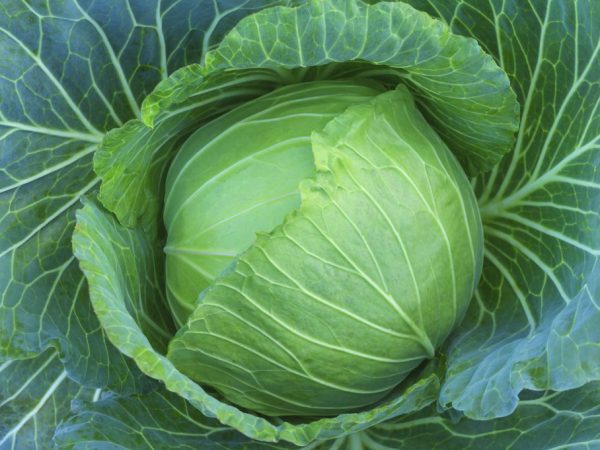
Water the plants in a timely manner
If the harvest is late, the cabbage cracks. Heads of cabbage are harvested immediately after the end of the process of their formation.
Vegetable culture is not resistant to disease. Preventive treatment is mandatory.
Magnus
The early Dutch selection of Magnus cabbage ripens in 90 days and is appreciated for its taste. The purpose of the Magnus hybrid is universal.
The formed fruit of medium density has a regular ball shape. Milky-white inner leaf plates are wavy. The upper leaves are colored bright green and covered with a waxy bloom. Large leaf plates have a delicate structure. The average fetal weight is 1.7 kg. Productivity - 6-7 kg per 1 sq. m.
The hybrid is not prone to cracking and does not shoot arrows. It is resistant to fusarium wilt. If there are film covers at the summer cottage, 2 crops are harvested per season.
Growing features
Magnus is recommended to be grown in seedlings. Planting seedlings in the ground is carried out 47 days after sowing the seeds. On the territory of the Moscow region and in regions with a similar climate (in the Volga region), you can plant seedlings in open ground. In regions with colder climates, it is more expedient to plant plants in greenhouses.
Linda
Linda broccoli cabbage is an early ripening hybrid that ripens in 90-95 days. It is appreciated for its high content of iodine and vitamins.
The weight of a ripe head, painted in a deep green color, is 350 g. The head shape resembles an ellipse. The weight of each inflorescence varies from 50 to 70 g. For broccoli, this is a good indicator. The yield is 3.5 kg from 1 sq. M. The variety is intended for fresh consumption.
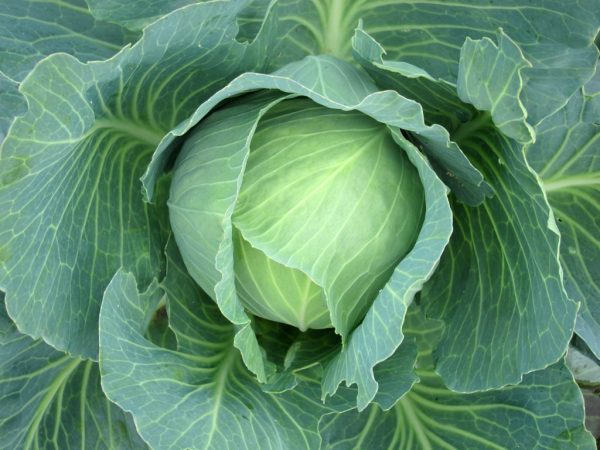
Linda is delicious fresh
Linda is valuable for stable yields and early ripening.
Growing features
The hybrid is suitable for growing in regions with warm climates. It is undemanding to care for and, when grown on fertile soils, does not need additional feeding.
Zarya
Early white cabbage of the Zarya or Zorya variety is one of the best for fresh consumption. It is not recommended to ferment or salt crispy fruits. They are not suitable for the preparation of canned food, hodgepodge and soups. The shelf life does not exceed 30 days, so there is no point in planting vegetable crops in large quantities on personal plots.
Heads of cabbage of a rounded shape, covered with glossy leaf plates, painted in a rich green color, weigh about 2 kg. Their average yield is 5 kg per sq. m. There is a slight waxy bloom on the leaves. Fresh vegetable has good taste.
Growing features
Since the crop is not stored for long, experts recommend sowing seeds in several passes. The interval between sowing seeds can be from 10 to 15 days. When planting early, the seedlings must be covered with foil.
White cabbage Zarya is not prone to cracking, so you can take your time with harvesting. The fruits are stored for 10-14 days.
Dignity
This variety of early cabbage is appreciated for its amicable fruiting. Vegetable crops yield equally good harvests in both productive and lean years.
Dietmar Early
This early ripening vegetable crop ripens in 103-105 days. A feature of the vegetable is a small and delicate stump, so there is practically no waste left when cooking a vegetable. Dietmar early cabbage is not suitable for long-term storage.
Fruit weight of regular round shape rarely exceeds 1.5 kg. Almost all fruits in the garden have the same weight. The yield is 4.5-5 kg per 1 sq. m. The section shows that the leaf plates are painted in a yellow-milky color. A distinctive feature of early maturing Dietmar cabbage is the delicate texture of its leaves, which feel like silk. In fresh salads, it is difficult to distinguish this white cabbage from Peking cabbage.
The advantage of early Dietmar cabbage is the amicable ripening of the crop and resistance to all diseases.
Growing features
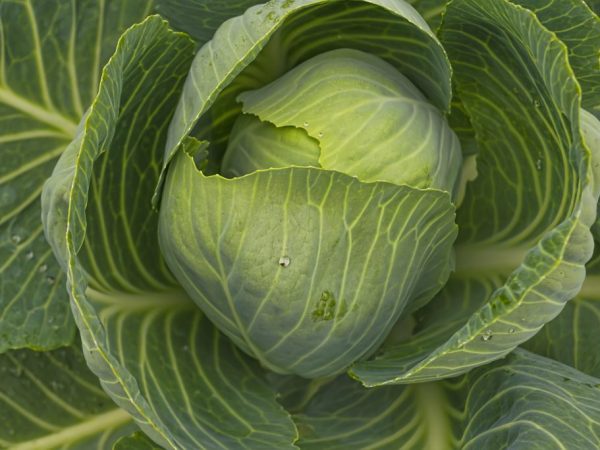
Plants are easy to care for
The culture is harvested after the onset of technical maturity. Indoors, the fruits ripen in a few days. If you overexpose the crop in the garden, almost all of it will crack.
Planting care is reduced to timely watering and fertilization. This type of vegetable crop does not tolerate a lack of moisture.
Snowball
Harvesting early Snowball cabbage is appreciated by farmers for its short growing season. Cauliflower fruits ripen in no more than 90 days. If you create comfortable conditions for the plants, the harvest can be obtained as early as 80 days after sowing the seeds. Snowball is suitable for growing even in Siberia, but in regions with a cold climate, vegetables are grown in greenhouses.
Already from the name it is clear that the fruits acquire a rounded shape during formation. They weigh about 1 kg. Sometimes the weight of the fruit reaches 1.7-2 kg. The yield of a vegetable crop is 4 kg per 1 sq. m. Inflorescences of medium size are painted white, tightly adjacent to each other.
The inflorescences can be frozen, used for cooking or preservation. Due to the high content of natural sugar, they have excellent taste.
Growing features
A super-early vegetable crop needs high-quality care. Snowball maintenance includes regular watering, weeding and loosening of the soil. Excess moisture, like its lack, has the same negative effect on the plant. The vegetable needs additional feeding and does not tolerate frosts, therefore, in cold regions with short summers, an ultra-early vegetable crop is grown under a cover.
Dignity
Snowball is resistant to many diseases, making it easy to grow. Plants ripen almost simultaneously. The vegetable crop is resistant to temperature changes and gives stable yields from year to year.
Transfer
Transfer is a mid-early vegetable crop that ripens in 100 days. Under favorable weather conditions, the ripening period is reduced by 5-10 days.
The weight of a ripe cabbage head covered with green leaves is 1-1.2 kg. From 1 sq. m collect about 6 kg. Such a crop is obtained due to the fact that the vegetable crop grows well with thickened plantings. Hybrid Transfer is designed for preparing fresh salads.
Growing features
The Transfer hybrid has an average resistance to diseases, therefore, preventive treatments are performed during cultivation. The rest of the vegetable culture is undemanding.
Dignity
The advantages of a hybrid include:
- frost resistance.
- tolerance of lowering the temperature to -5 ° С - it can be grown in Siberia and on the Ural plains;
- stable yield.
Conclusion
There are early cabbage varieties that are not widely popular, but deserve attention: these are Pharaoh, June, Kozachok F1. These hybrids are less productive, but have good taste.


